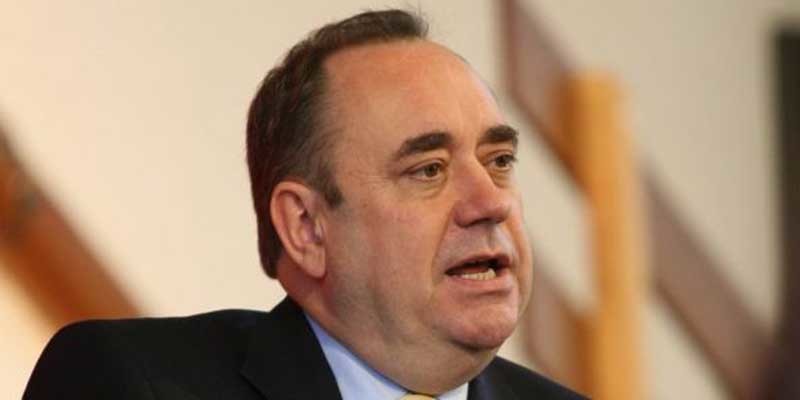Self-regulation of the press needs to be underpinned in Scots law, the First Minister said.
Alex Salmond has invited the main opposition parties to suggest suitable candidates to sit on the implementation group he intends to set up.
Speaking at a debate in the Scottish Parliament yesterday, the First Minister said whatever type of voluntary self-regulation model was devised by newspapers, it was necessary for Holyrood to set the criteria by which it could be supported by Scots law.
He claimed that because press regulation is devolved it is impossible to have a solution that would apply to the Scottish press without due consideration of the implications on the legal system in Scotland.
He said: ”Given that press regulation is the responsibility of this parliament, that there have been victims of press malpractice in Scotland and that there is a separate legal framework which operates in Scotland, then Lord Justice Leveson’s own view is surely unarguable that we require to make in Scotland, using the expertise that we have in terms of Scots law, a significant response to his report and recommendations.
”His recommendations require serious, expert and distinctive consideration within Scotland. They cannot just be left to Westminster.
”Leveson sets out clearly that there is a difference between statutory regulation and statutory underpinning of self-regulation.
”That principle ” seems to me logically sound. It also appears to have substantial public support.”
Mr Salmond said it was up to the press, not the Government, to establish a regulatory structure, and it was possible that structure could apply to the rest of Britain.
However, he said the statutory underpinning of any self-regulatory body had to adhere to Scots law and could not be UK-wide.
He will meet with opposition leaders tomorrow to discuss how to take the issue forward.
Mr Salmond added: ”I am sufficiently optimistic to believe we can seize an opportunity to take a serious, consensual, cross-party approach here at Holyrood to rise to the challenge laid down by Leveson.
”If we do that, we will do our duty in Scotland to those who suffered from the unacceptable practices of some media organisations.
”We will fit that balance between the expectations of the public and the essential freedom of the press. And we can ensure that in Scotland the seventh inquiry into press regulation secures more enduring results than any of its six predecessors.”
Opposition parties warned against ”pre-judging” the outcome of the independent group and called for Holyrood to work with Westminster for a possible UK-wide solution.
Labour leader Johann Lamont said: ”I will go into talks with the First Minister if he makes a commitment he is ruling nothing out at this stage.”
Conservative leader Ruth Davidson, a former BBC journalist, warned against establishing a separate system for press regulation in Scotland.
Liberal Democrat leader Willie Rennie, who has worked for a communications firm, said: ”Now is the time to have statutory legislation for an independent body.”
During the debate, Labour MSP Paul Martin suggested legal action should be taken against journalists who defame the dead, while SNP MSP Mark McDonald called for media retractions to be given equal space in newspapers to the original allegations.
